When you first log on to Facebook’s ads manager to put together your Facebook ads, Facebook will first ask you to choose from various Facebook campaign objectives.
The Facebook objectives are simply what you want people to do when they see your Facebook ad. And Facebook objectives are the first step you need to follow when putting together your ads.
The different Facebook campaign objectives are grouped into three different categories: Awareness, Consideration and Conversion.
Under the “awareness” category, you have the choice between: brand awareness or reach as a Facebook campaign objective.
Under the “consideration” campaign objective, you have the choice between the following Facebook objectives: traffic, engagement, app installs, video views, lead generation and messages.
And lastly, under the “conversion” Facebook objective, you have the choice between: conversions, catalog sales and store visits.
In order to decide which campaign objective is best to select, you need to understand the difference between each, outlined here:
Brand awareness
This Facebook ad objective is mainly used when you want to raise awareness about your business, and purely for branding purposes without wanting your audience to perform a certain action. This is a good ad objective to choose from when you have a budget for branding and are not concerned about getting an immediate return on investment.
When setting up the ad, you will only be charged per impression compared to other Facebook campaign objectives where you can also choose to be charged when people click on your ad.
Plus, the bid is automatic, in other words, Facebook sets the bid that helps you get the most brand awareness at the best price, compared to other Facebook ad objectives where you can manually enter a bid amount based on what clicks are worth to you.
When your ad is set up, by default, there will be the “like page” tab available, and you can also add a call to action tab below your ad.
Reach
This Facebook campaign objective is designed to show your ads to a maximum number of people. This campaign objective also includes a “frequency cap” which means you can decide how many days go by before your ad is shown to the same person again.
Plus, with this campaign objective, you can only be charged per impression, not per click. When setting up your ad with “reach” as a campaign objective, you’ll notice that you have a choice between a lot of different calls-to-action compared to other Facebook ad objectives where you have less choice when it comes to calls to action.
This Facebook campaign objective is useful when you have a small audience and you want to reach as many people as possible in that audience.
Traffic
The “traffic” Facebook campaign objective is designed to send people to your web pages, without any need for them to complete a specific action such as submit their contact details, etc…
This campaign objective is usually used to send people to content, such as articles and blog posts. When setting up the ad, you will be asked to write a headline, text with further details, a link for where you want to send people to, a link description where you enter further information about why people should visit your particular web page and a call to action.
Engagement
The “engagement” Facebook campaign objective is usually used when you want to increase the reach and engagement of a particular post, or if a particular post has performed quite well organically and therefore you want to invest in ads in order to increase the reach and engagement further.
When setting up an ad with “engagement” as a campaign objective, you can choose between automatic bid (where Facebook sets the bid that helps you get the most post engagements at the best price) or manual bid (where you manually enter a bid amount on what post engagements are worth to you). With this campaign objective, you can also choose between getting charged per impression or per post engagement.
The ad looks quite different from other ads as it doesn’t have a call to action at the bottom of the image, instead it has the option to like, comment or share the post.
App Installs
This campaign objective is used to increase the downloads you get of your app. When choosing this ad objective, you’ll have to enter the name of your app or your app store URL.
When creating the ad itself, it will ask you to write a headline, text with further details about your app and choose a call to action from the different options, such as “install now” or “download”.
Video views
The “video views” campaign objective is used if you have created a video you want more people to watch. When choosing this campaign objective, you can choose to be charged either per impression or per 10-second video view.
Your video will have to be either an MOV, MP4 or Gif file, and cannot exceed a certain length depending on where you intend to display your video.
Your ad will simply include text and the option for people to like, comment or share your video but if you choose to add a website url, then below the video you’ll have a tab with a call to action, a headline and your website url.
Lead generation
The “lead generation” campaign objective is used to build a list of prospects. When someone clicks on the ad, a form opens and is automatically populated with the person’s contact details which they use to login to Facebook.
This allows you to build a list without having to redirect people to an optin page outside of Facebook. Your ad will look like a standard Facebook ad, with a caption, an image, a headline, a link, a link description and a call to action.
For the call to action you’ll have the choice only between “apply now”, “download”, “get quote”, “learn more” “sign up” and “subscribe”. But it doesn’t stop there, you’ll also need to set up your lead form, in other words, customize the form you want people to fill in when they click on your ad.
If you’d like to take your Facebook marketing to the next level, and increase the results you’re getting from your current Facebook marketing efforts by 10, click here to download my FREE Facebook marketing report. Simply enter your name and email and I’ll instantly send you the report.
Messages
The “messages” campaign objective is used when you want more people to have conversations with your business in Messenger to complete purchases, answer questions or offer support. Messenger is an instant messaging app that belongs to Facebook.
To set up ads with “messages” as a campaign objective, you’ll have to follow a two-step process. First create the ad you want people to see when they are on the Messenger app to encourage people to start a conversation with your business, by writing the text, headline and call-to-action.
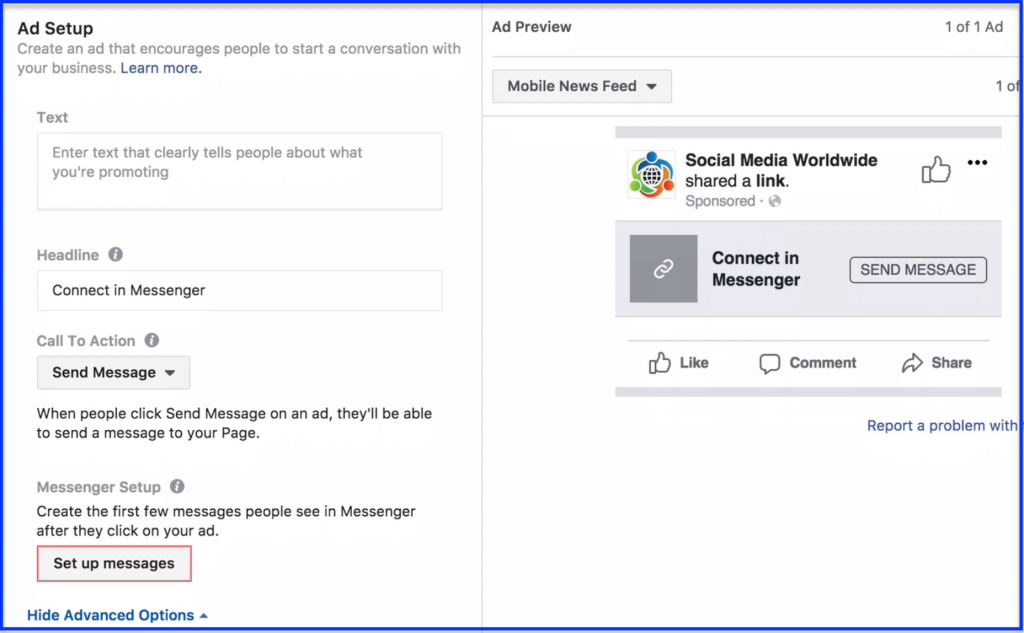
Then, create the message you want people to see after they’ve clicked on your ad. You can even create replies for them to choose from.
Conversions
The “conversions” Facebook campaign objective is used when you want people to perform a certain action such as submit their contact details or buy a product. When following the prompts to set up your ad, you’ll notice that there is a “conversion window” option.
A conversion window is the length of time between someone clicking or viewing your ad and completing the action you want them to complete.
You have the choice between one day or 7 days, and then Facebook will learn what types of people convert within that window, and find more people like them to show the ad to.
If you’d like to take your Facebook marketing to the next level, and increase the results you’re getting from your current Facebook marketing efforts by 10, click here to download my FREE Facebook marketing report. Simply enter your name and email and I’ll instantly send you the report.
Product Catalog Sales
The “product catalog sales” campaign objective is for e-commerce websites as it allows you to remarket specific products to people who have viewed the products but not purchased them yet.
In order to set up ads with “product catalog sales” as a campaign objective, you’ll first need to create a product catalog. Simply go to facebook.com/products/catalogs/new to create your catalog.
Store Visits
Unlike other Facebook ad objectives, the “store visits” campaign objective is for people who have multiple local businesses. When choosing your targeting you’ll be able to select multiple local places and even add locations in bulk by listing multiple zip codes or store numbers.
Then, when putting together your ad, you will have the choice to redirect people to your page, website URL or store locator and you’ll have to choose between different calls to action tabs, or not have any at all.
If you’d like to take your Facebook marketing to the next level, and increase the results you’re getting from your current Facebook marketing efforts by 10, click here to download my FREE Facebook marketing report. Simply enter your name and email and I’ll instantly send you the report.
Remember to also leave a comment below with what else you’d like to learn and subscribe to our YouTube channel and I’ll keep the videos coming.
About the Author

Corinna Essa is known internationally as the go-to person when it comes to social media marketing.
Corinna owns a social media marketing company helping businesses around the world leverage the power of social media without doing any of the legwork. Her company has been featured in many media outlets including Sky Business news, Working Women magazine, Ymagazine, Tasmanian Times, Channel 7 and 101fm.
Corinna is also the author of 2 bestselling books “Money On Demand – The 16 Fastest Ways to Becoming a Millionaire Online” and “Reach: The SECRETS to converting your social media audience into your network marketing downline fast”

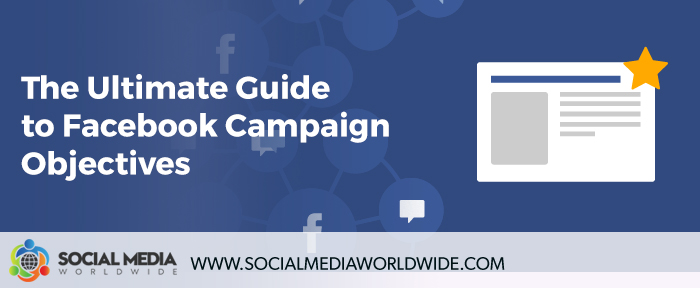
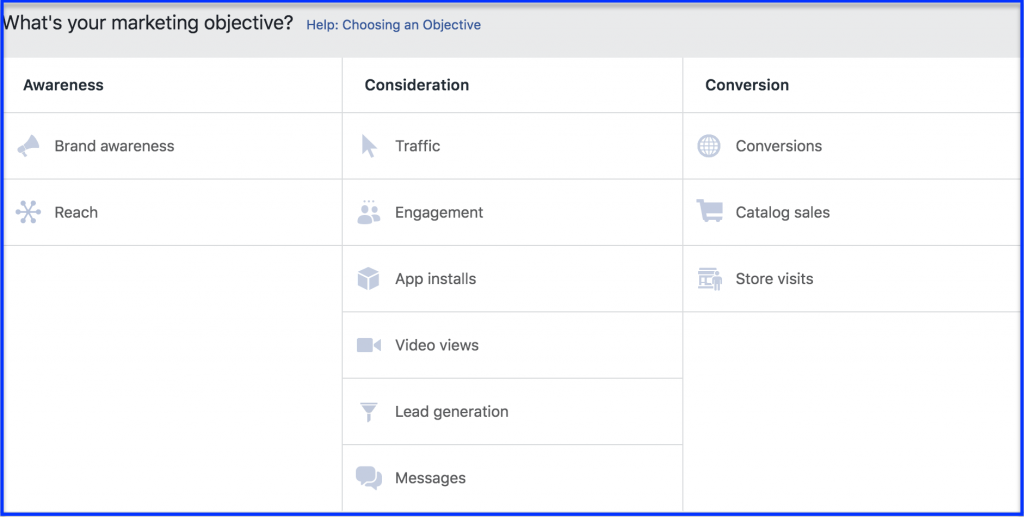
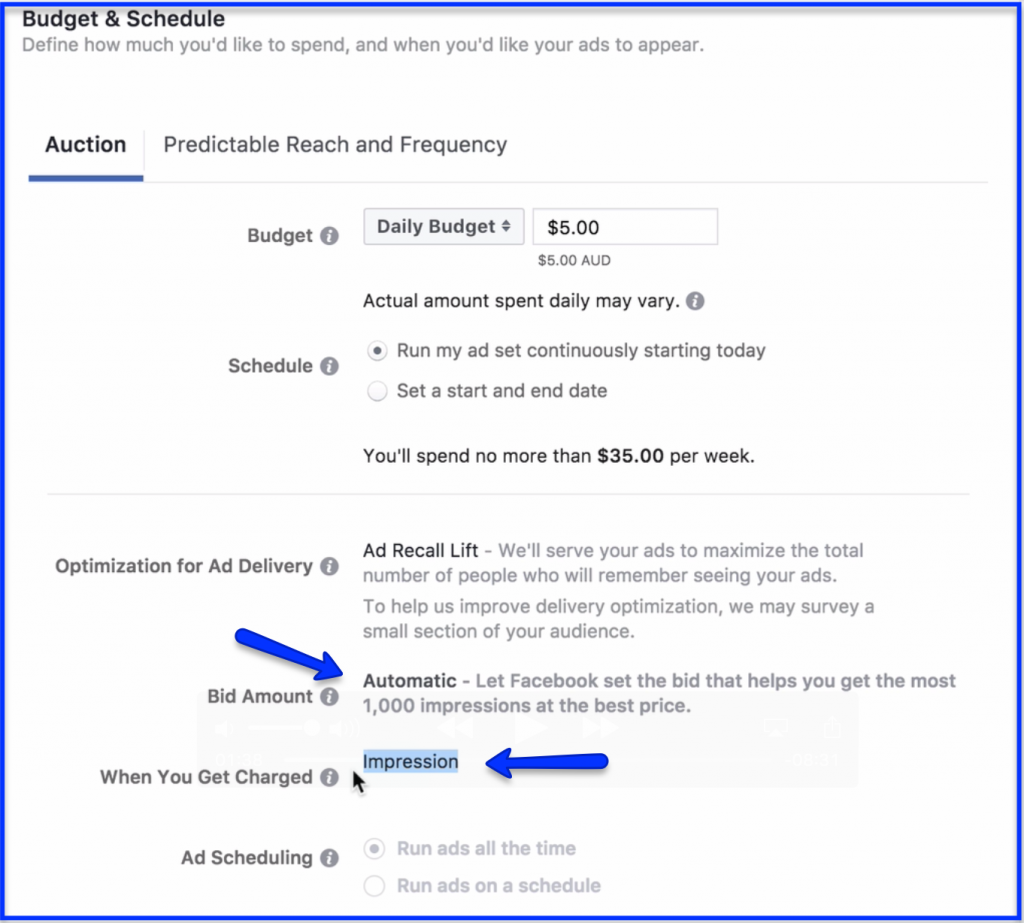
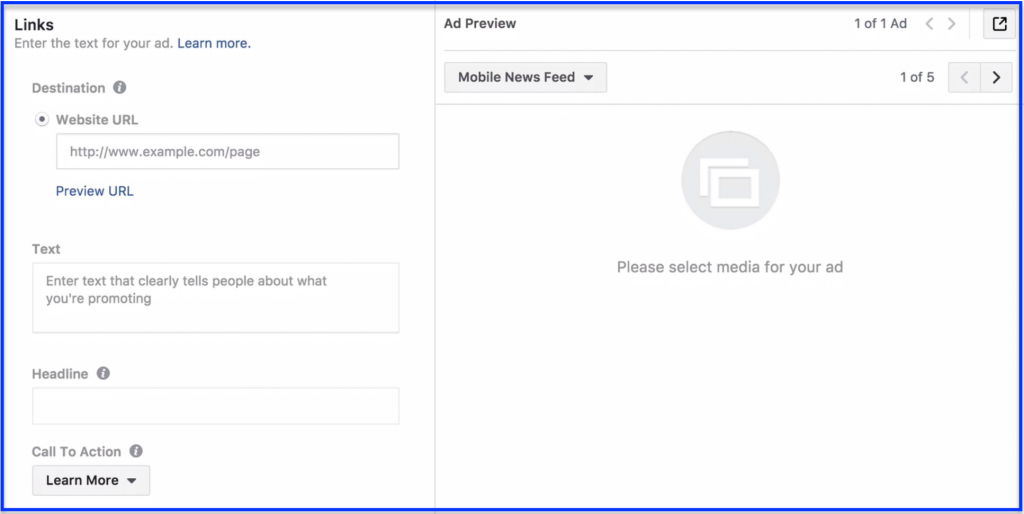
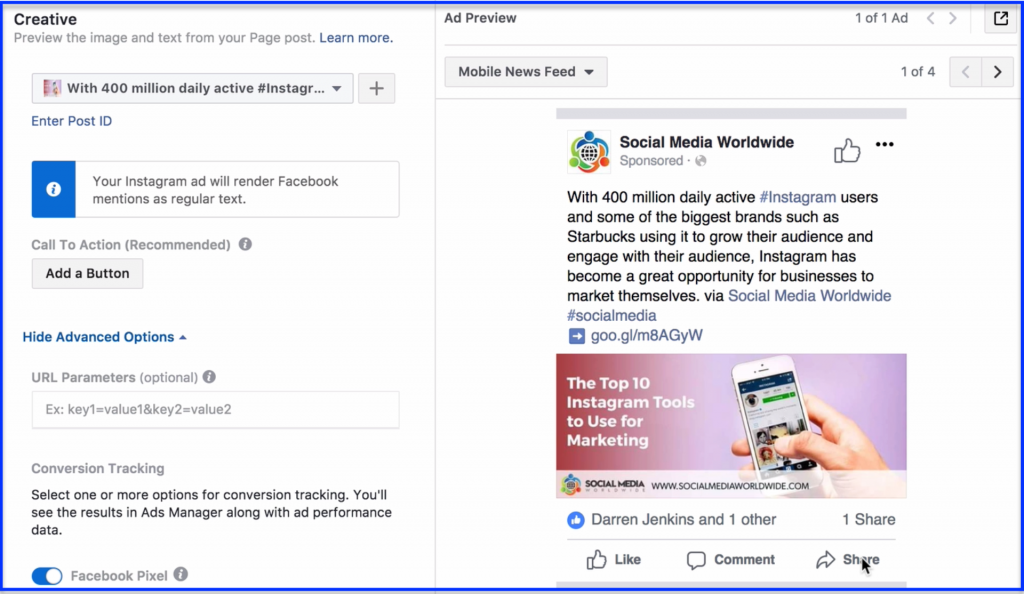
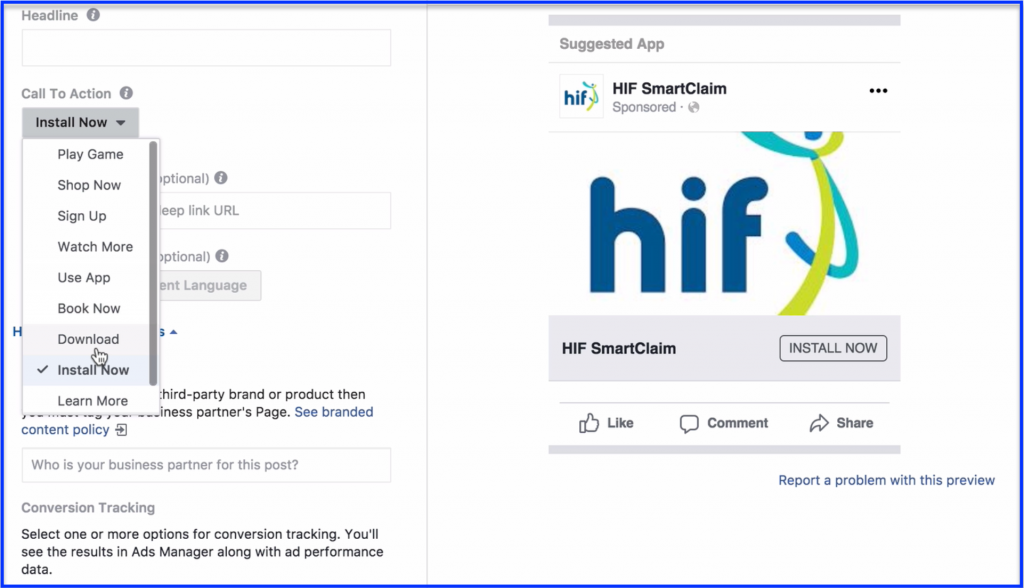
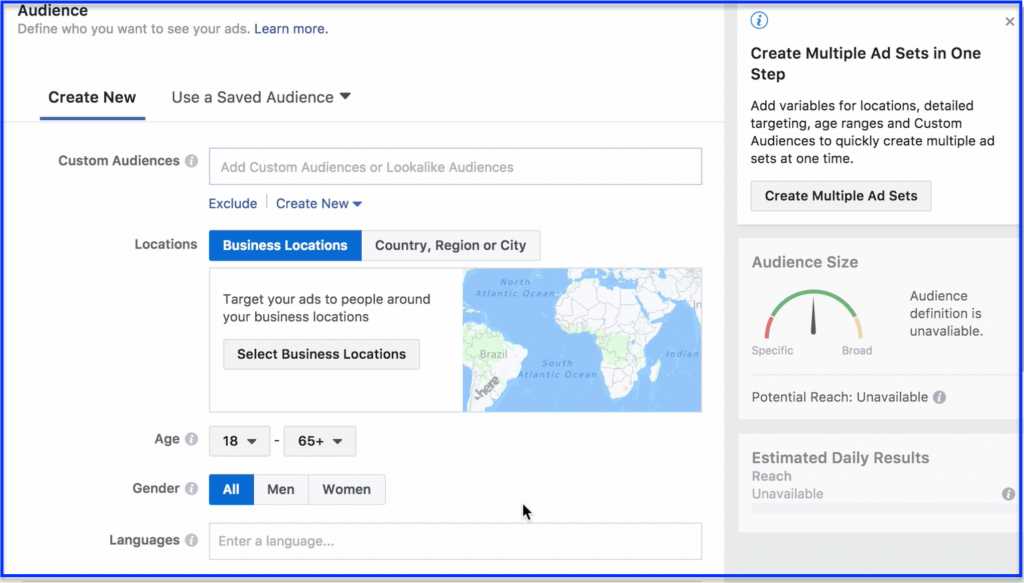


Excellent summary and useful information in a simple language
Thanks, glad you enjoyed it!
Very Informative Article. Now I m Trying Facebook Campaign.